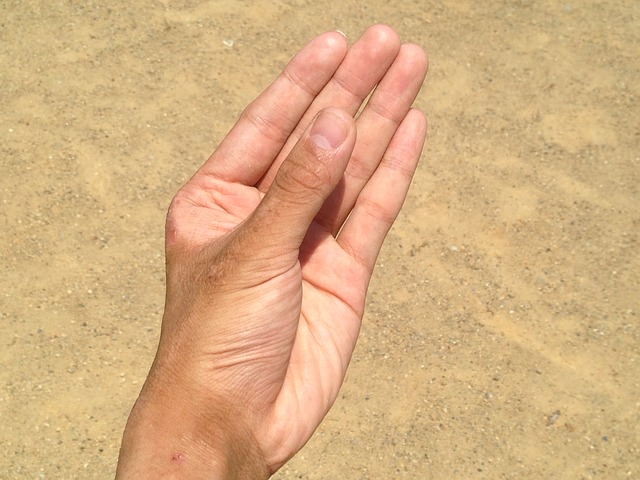Studies have pointed to many factors that may contribute to left-handedness. A new study suggests yet another trait: the shape of a person’s face.
People with slender lower faces tend to be more life-handed. But this same physical characteristic is also indicative of a higher risk for tuberculosis, Tech Times reports. Philippe Hujoel, from University of Washington School of Dentistry gathered information from three national health surveys in the USA that had over 13,500 people participating.
Hujoel discovered that people with convex profiles – meaning a narrow face and a slimmer jaw – have a 25% more chance of being left-handed. Around one in five teenagers have this feature.
Experts measured this condition by looking at the way a person’s upper and lower teeth fit. People with slender jaws are likely to have a lower jaw that bites backward, which creates a convex facial silhouette commonly known as an overbite.
According to Hujoel, these results support the idea that the genetics at work in facial features and a propensity towards developing tuberculosis raise a person’s odd for being left-handed.
He said,
Bilateral retrognathism-a marker for a lower face phenotype characterized by a convex facial profile and slender jaws-was associated with a 25% increased odds for non-right-handedness.
Hujoel added, “This association between non-right-handedness and a convex facial profile may unexpectedly find its origin in the genetic polymorphisms which determine tuberculosis susceptibility.”
There appears to be evidence of this in some communities. In the United Kingdom, for example, which is called Western Europe’s tuberculosis capital, majority of the people are left-handed, and also have slender faces.
In the 19th century, Eskimos – described as being dominantly right-handed in art, had larger facial features and were said to be tuberculosis-resistant.
The US Centers for Disease Control and Prevention indicates low body weight and a slim body as a gauge for TB susceptibility.
The study was published in the journal Laterality: Asymmetries of Body, Brain and Cognition.
























